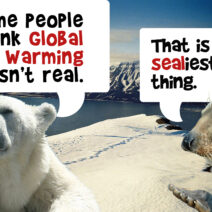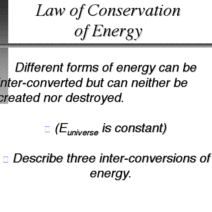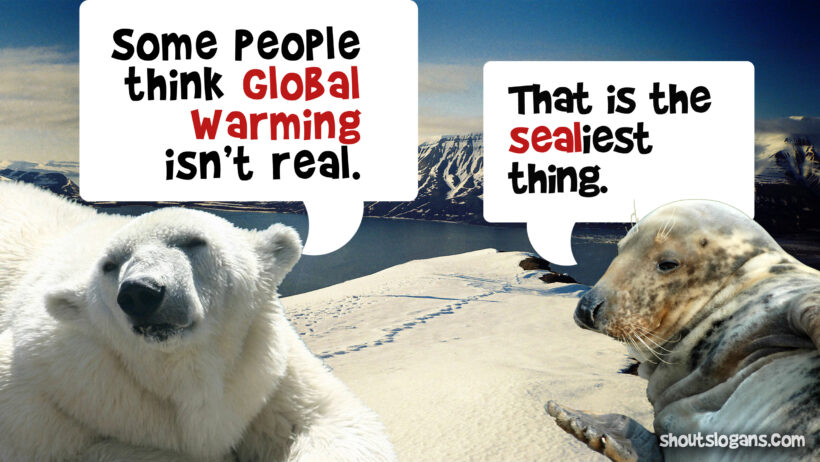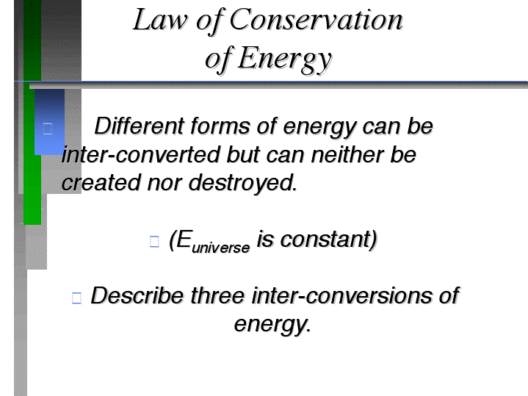In an era where information proliferates at an unprecedented pace, galvanizing public awareness about global warming necessitates innovative strategies. The urgency of climate change advocacy has reached critical proportions, and as such, various content types play pivotal roles in amplifying the message. Below, an extensive overview elucidates the diverse content avenues that can effectively communicate the gravity of global warming.
1. Visual Content: Infographics and Memes
Visual storytelling serves as a potent means to distill complex data into digestible formats. Infographics, in particular, can encapsulate a wealth of information concerning climate statistics, comparisons of carbon footprints, or the ramifications of global warming on biodiversity. Their visually engaging nature ensures that audiences can grasp intricate concepts swiftly. These representations are particularly indispensable in drawing the attention of younger demographics, who gravitate toward shareable content.
Furthermore, memes have surged in popularity as tools for social commentary. The humorous yet poignant nature of memes can capture the essence of climate change discourse while appealing to a broader audience. They can effectively humanize the intricate and often abstract notions surrounding climate issues, rendering them more relatable and approachable.
2. Articles and Blog Posts
In-depth articles and blog posts form the backbone of informative content on global warming, offering well-researched insights into various facets of climate change. Articles can dissect the science of climate change, elucidate policy ramifications, and explore the socio-economic impacts on affected communities. By integrating narratives that evoke empathy and a sense of urgency, these written works can motivate readers to reconsider their roles in the climate crisis.
Moreover, blog posts can adopt a more personal tone, drawing on individual experiences and community initiatives. This approach can inspire readers by showcasing grassroots efforts to combat climate change, further galvanizing collective action and fostering a sense of solidarity.
3. Video Content and Documentaries
Compelling audiovisual narratives can induce visceral reactions, creating a more profound emotional connection to the subject matter. Documentaries, in particular, can delve into the intricate realities of climate change through the telling of real-life stories. They shine a spotlight on individuals and communities struggling with its ramifications, transcending mere statistics to present a holistic picture of the crisis.
In the digital age, short-form videos, such as those shared across platforms like TikTok or Instagram Reels, have emerged as dynamic tools for advocacy. These snippets can rapidly convey a potent message or illustrate a call to action, making them particularly effective for a younger audience predisposed to consume brevity-focused content.
4. Podcasts
The rise of the podcasting medium has transformed the landscape of information dissemination. Through intimate conversations and interviews, podcasts can unravel the nuanced layers of global warming. Engaging discourse may feature environmental scientists, activists, or community leaders who share their insights, experiences, and aspirations concerning climate action.
This format allows for a more personal connection between the speaker and listener, thereby enhancing the relatability of the subject matter. Podcasts also offer the opportunity to explore specialized niches within climate discourse, such as climate justice, innovation in sustainable technologies, or the psychological impacts of climate anxiety.
5. Educational Workshops and Community Events
On-the-ground efforts through workshops and community events serve as vital platforms for discussing global warming. Such gatherings foster dialogue, catalyzing community activism and awareness. Educational workshops provide interactive experiences, engaging attendees in discussions about sustainable practices, renewable energy sources, and lifestyle changes that can mitigate individual carbon footprints.
These local initiatives can be invaluable in empowering individuals to become community leaders in advocating for sustainable solutions. By equipping participants with knowledge and practical tools, the event transforms abstract concepts into actionable steps. Community events, including tree plantings or clean-up drives, harness collective energy and foster a sense of accountability among participants.
6. Social Media Campaigns
Harnessing the expansive reach of social media platforms remains crucial for breaking through the noise surrounding global warming. Campaigns that utilize hashtags, challenges, and viral content can engender collective action and heightened awareness. These campaigns can encourage audiences to adopt environmentally friendly behaviors, share informative content, and mobilize support for pertinent climate policies.
The immediacy of social media also allows for real-time engagement with current events related to climate change. Sharing updates and news ensures that the discourse remains relevant and continuously evolves. Furthermore, the inclusion of diverse voices within these campaigns can promote intersectionality in climate activism, bridging gaps between various social movements and emphasizing the interconnectedness of global issues.
7. Collaborative Initiatives and Partnerships
Collaboration among various stakeholders—non-profits, businesses, educational institutions, and government entities—can amplify the climate message significantly. Initiatives that foster partnerships create a united front against climate change, pooling resources and expertise. Joint campaigns can help bridge gaps in knowledge, access, and influence.
By aligning the messages of different organizations, stakeholders can communicate more effectively and foster a sense of unity in the fight against global warming. This collaborative approach also enables shared resources, maximizing outreach potential and building a more extensive support network for climate advocacy.
Conclusion
Breaking through the noise of information overload requires a multi-faceted approach that integrates diverse content types to engage audiences effectively. By employing visual content, written narratives, captivating audiovisuals, and community engagement efforts, advocates can champion the global warming message. Moreover, leveraging the power of collaboration and online platforms can facilitate an enhanced discourse surrounding climate change. As the urgency of this issue continues to mount, innovative communication strategies will be paramount in ensuring that the call for action resonates with audiences globally.





